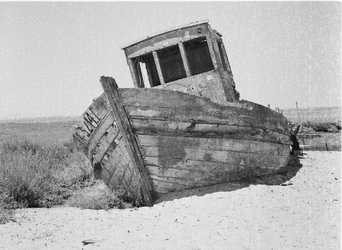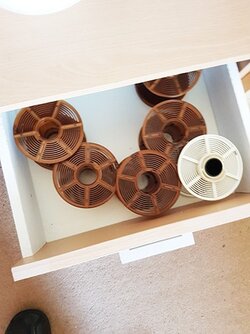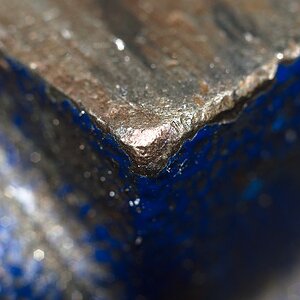Hello everyone,
I'm new to film photography and i'm trying to develop my film at home but without good results.
Every time i develop a roll of film i end up with white spots all over the photo.
I've attached an example of my last developement.
Developed a roll of 120 Ilford Delta 100 on a Paterson tank with the turning stick, Ilford DD-X 1:4, 20 ºC 12min | Ilford Stop Bath 1min | Ilford Rapid Fixer 7min | tap water for the final rinse and Kodak photo-flo at the end.
Can anyone give me some ideas on what this can be?
Thanks in advance.
I'm new to film photography and i'm trying to develop my film at home but without good results.
Every time i develop a roll of film i end up with white spots all over the photo.
I've attached an example of my last developement.
Developed a roll of 120 Ilford Delta 100 on a Paterson tank with the turning stick, Ilford DD-X 1:4, 20 ºC 12min | Ilford Stop Bath 1min | Ilford Rapid Fixer 7min | tap water for the final rinse and Kodak photo-flo at the end.
Can anyone give me some ideas on what this can be?
Thanks in advance.









![[No title]](/data/xfmg/thumbnail/32/32936-e1ef9b5cfbe2ae3e2dbd817af60d390d.jpg?1619735767)




![[No title]](/data/xfmg/thumbnail/39/39480-e4e26ffe5c6148262ac81eff975a5c0e.jpg?1619739047)
